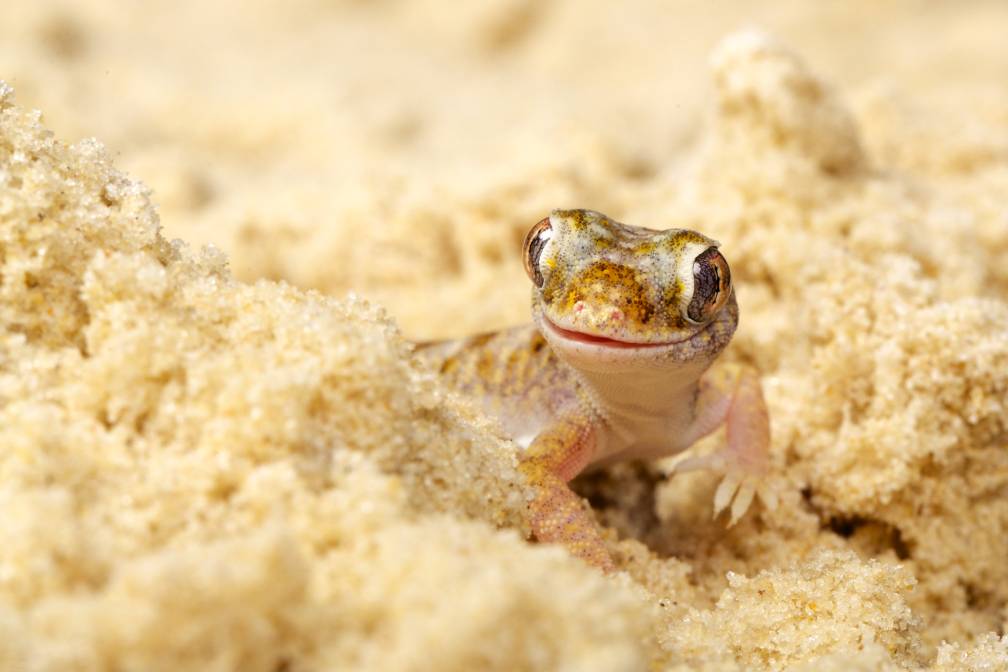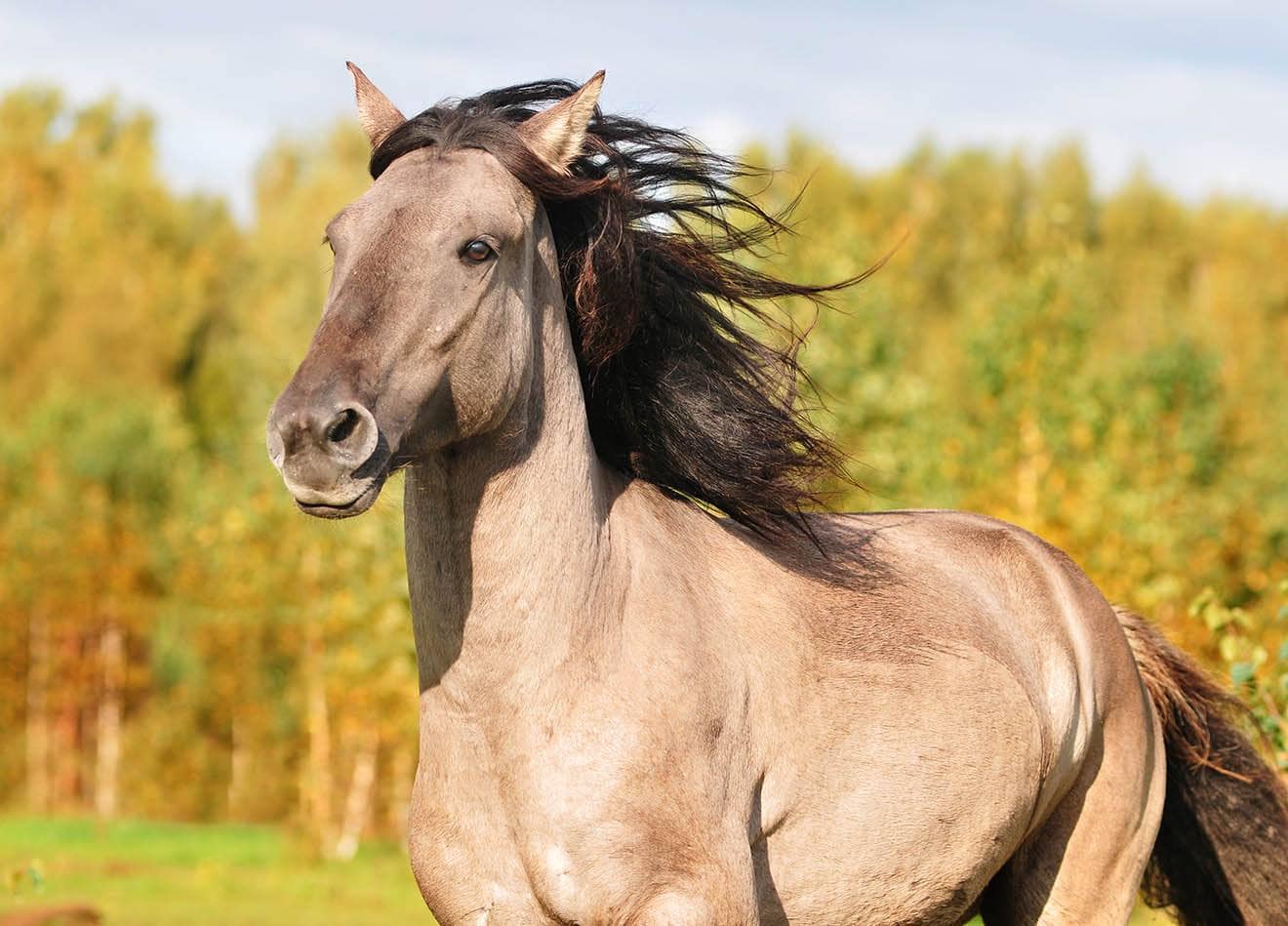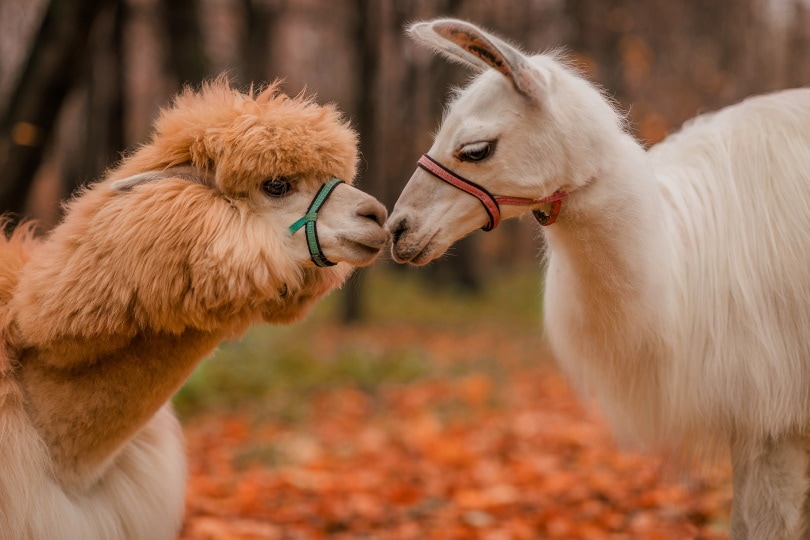
Some people are content with getting a dog or cat. Others think that’s boring and want something more exotic, such as a llama or alpaca. It’s essential to give the matter some thought before getting one. The care and maintenance of either animal are more involved than filling the food and water bowl. They need more space than a pup since you’re probably not going to walk either one in the neighborhood.
Llamas and alpacas can make excellent companion animals, but both are livestock and not lapdogs. Both are domesticated for a variety of purposes, including wool production and guardians. They are not ruminants like cows. However, they don’t need a lot of water like other species in this family. However, you should always make sure plenty of fresh water is available at all times.
1. Both llamas and alpacas are a commitment.
It’s essential to understand from the get-go that you’re going to have either one for a long time. We’re talking up to 20 years for either one. Some animals may even live up to 30 years. That’s more of an investment than getting a dog, which is essential to consider whenever you invite a larger animal into your life.
2. You must have the space.
We hope that it’s a no-brainer when it comes to the amount of space you need to keep either a llama or alpaca. Their size alone should be a red flag that they need room to roam. However, it’s not as much as you may think. A couple of either species will fare well on as little as an acre of land. Nonetheless, that’s not the whole story. They also need some type of shelter to bed down and protect them.
3. You should check the zoning laws in your area.
Some jurisdictions consider either animal livestock, even though many people have them as pets. We strongly urge you to check the laws and regs in your area before you buy one. You may find that your municipality requires that your property is within a site that is zoned for livestock. Many towns allow some farm animals like chickens. These guys are a different story, sometimes.
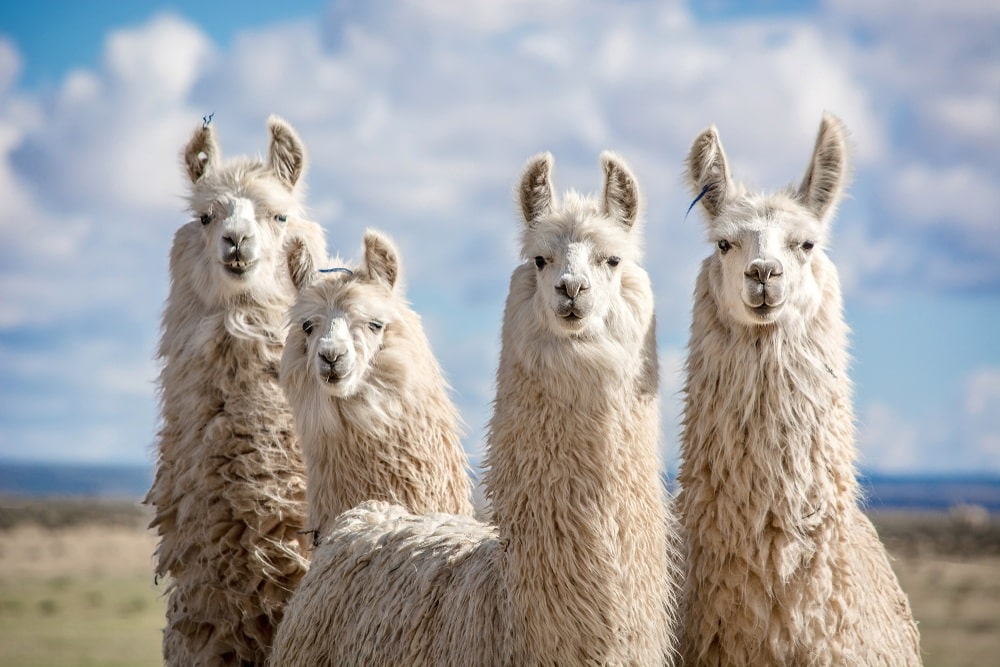
4. Llamas and alpacas are the dog and cat versions of camels.
It’s apparent when looking at llamas and alpacas that they are related. Both of these animals are part of the Camelidae family. Unlike dromedaries or camels, neither one has a visible hump. The llama has a longer history with humans, acting as a pack animal. That gives them a dog-like association with people. On the other hand, alpacas provide fiber and have been treated as such through the ages.
5. Both animals can—and will—spit if threatened or harassed.
Many species in the Camelidae Family have a reputation for being cantankerous if upset. The alpaca and llama are no exceptions. The notion that they will spit if they feel threatened is 100-percent true. Fortunately, they’ll give a warning before they get a sight on you. Obvious signs of agitation like grunting are a red flag that you’re wise to duck. Their aim is excellent, too, at 10 feet.
6. Investigate vet care options first.
While llamas and alpacas are more common, the fact still remains that you may have trouble finding a vet that can treat your new pet. That’s why it pays to call around and see who has experience with these animals. We suggest starting with veterinarians who treat livestock. Many farmers keep a llama with their sheep to protect them from predators. Woe to the coyote that trespasses!
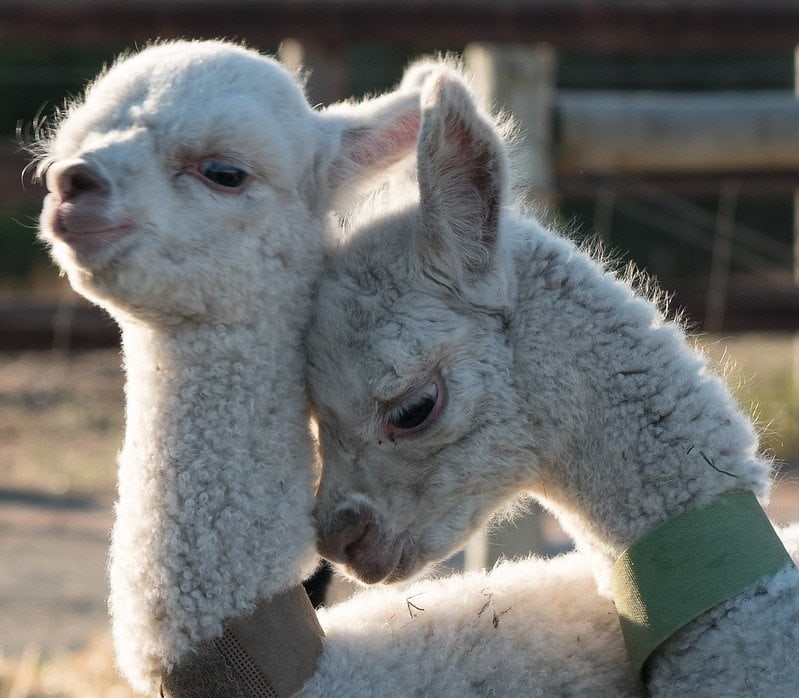
7. The wool of llamas and alpacas differs in unexpected ways.
While the concept of hypoallergenic is not true, there are indeed people who can tolerate alpaca fiber, even if wool causes them to itch. The same goes the other way, too. However, the alpaca’s fur is also flame-resistant. Who knew, and why? We have to scratch our heads, wondering why these animals would evolve with this adaptation in the first place.
8. Yes, you can housebreak an alpaca.
While we get the concept of keeping a pet close to the hearth, we weren’t thinking about that with an alpaca. However, you can housebreak these animals to use one spot as their potty area. It makes sense from an evolutionary perspective to minimize their presence in the outdoors and the possibility of alerting predators to them.
9. You should shear either animal once a year.
The wool of a llama and an alpaca is dense. Everyday life will soil it. However, you can also fetch a decent price for it if you can find someone or at least a dog groomer to do the deed for you. It’s also a healthy thing to do. Left uncut, it can mat and increase your pet’s risk of skin infections and parasites. You can also learn how to do it yourself by buying a clipper.

10. The llama is an on-site fertilizer factory.
One beneficial thing about owning livestock is that you have a ready supply of fertilizer for your garden. The llama is no exception. It’ll make it easier to clean up the pen when you realize that you can get some use of the stuff. It’s not all waste.
Next on your reading list:
- Llama vs Camel: What’s the Difference?
- Llama, Alpaca, Vicuna, Guanaco: What Are The Differences? (With Pictures)
Summary
While owning a llama or alpaca isn’t everyone’s first choice of a pet, either one offers a rewarding experience if you have the space and time commitment to keep one. You may also find that one can pay for itself from the cash you’ll pocket by shearing him once a year. If you have sheep, either animal is a must-have to keep the flock safe. They make it easy to love them and will form strong bonds in return. Also, Llamapaedia is a great place to look for information on caring for your pet llama or alpaca.
Featured Image Credit: Helen Iv, Shutterstock



